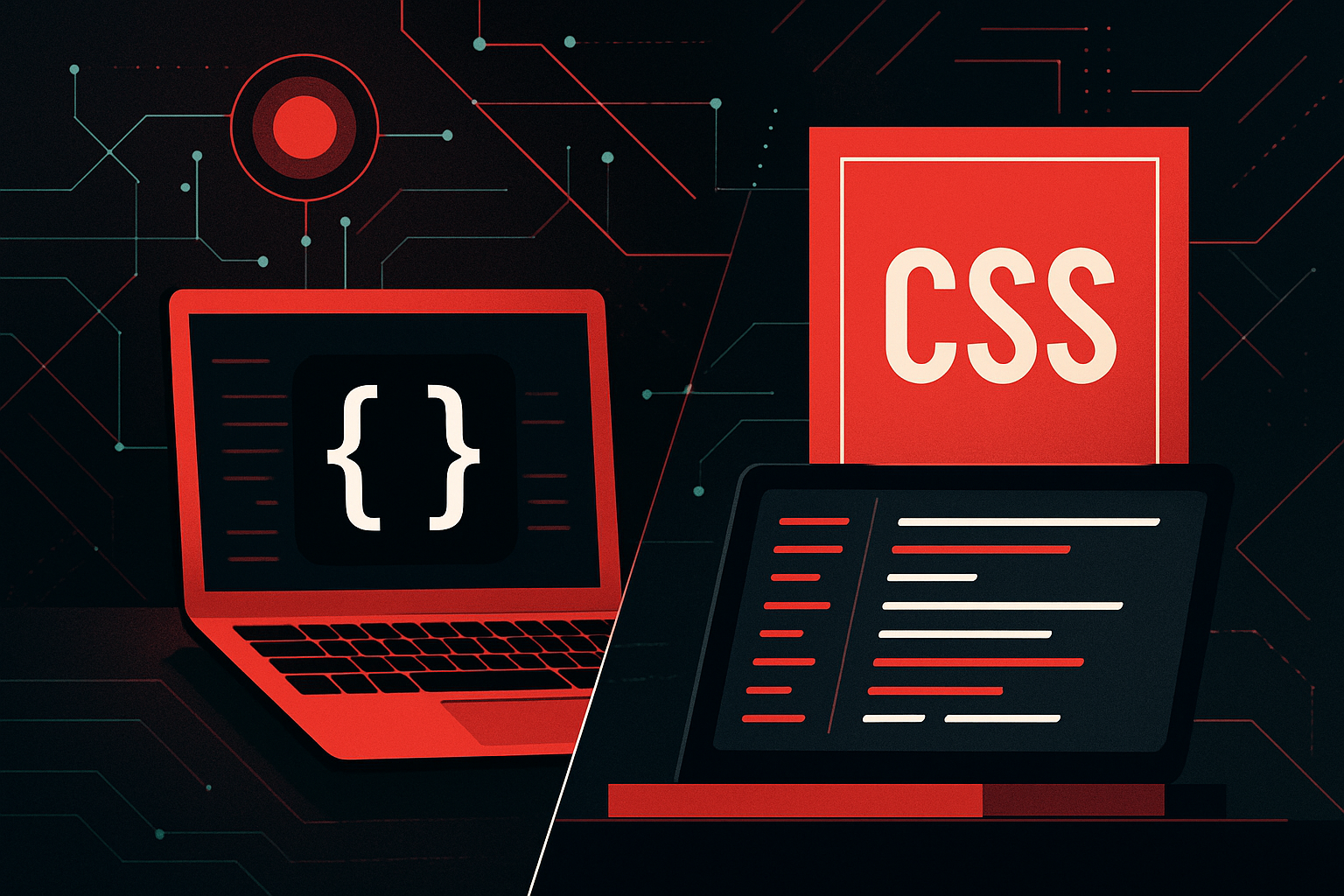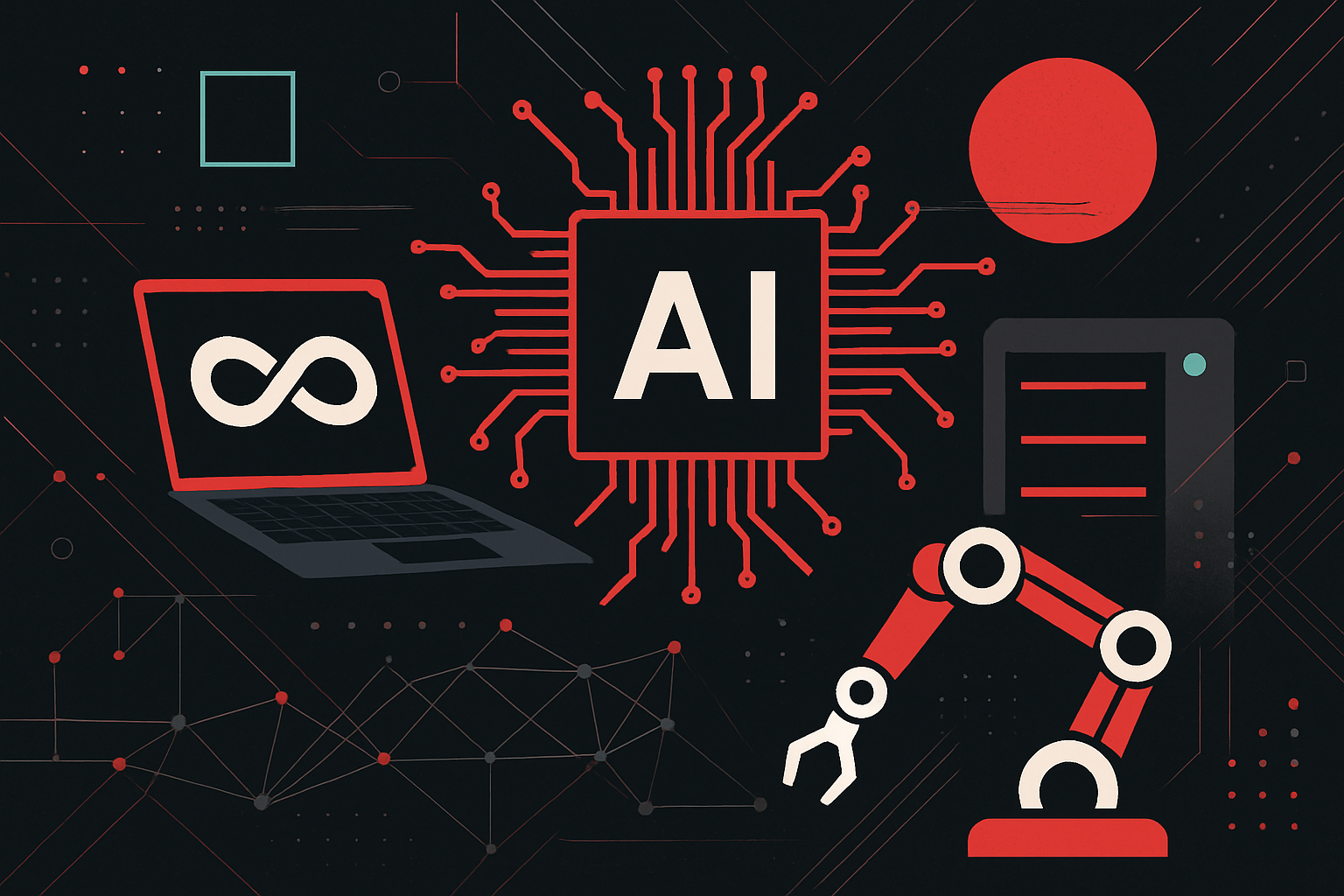Mastering Serverless Computing in 2025

Understanding Serverless Computing in 2025
Serverless computing has revolutionized the way developers build and deploy applications by abstracting the underlying infrastructure management. In 2025, serverless architecture has evolved significantly, making it crucial for developers to master its concepts, tools, and best practices to stay competitive.
Key Concepts of Serverless Computing
Function-as-a-Service (FaaS)
FaaS is at the core of serverless computing, allowing developers to deploy individual functions that execute in response to events. These functions are stateless, meaning they do not retain any data between executions.
Example: A simple AWS Lambda function that processes an S3 bucket event:
import json
def lambda_handler(event, context):
# Log the event
print("Received event: " + json.dumps(event, indent=2))
# Process the event
bucket = event['Records'][0]['s3']['bucket']['name']
key = event['Records'][0]['s3']['object']['key']
# Example processing logic
print(f"Processing file {key} from bucket {bucket}")
return {
'statusCode': 200,
'body': json.dumps('Processing complete!')
}
Backend-as-a-Service (BaaS)
BaaS provides pre-built backend services, such as authentication, databases, and storage, which can be integrated into applications without managing the underlying infrastructure.
Example: Using Firebase for real-time database and authentication.
Advantages of Serverless Computing
| Feature | Benefit |
|---|---|
| Cost Efficiency | Pay-per-use pricing model reduces idle capacity cost. |
| Scalability | Automatic scaling to handle any number of requests. |
| Reduced Time to Market | Faster deployment with less focus on infrastructure. |
| Enhanced Productivity | Focus on code and business logic rather than server management. |
Challenges in Serverless Computing
Cold Starts
Cold starts occur when a function is invoked after being idle, causing a delay due to environment setup. Mitigating cold starts is crucial for performance-sensitive applications.
Solution: Use provisioned concurrency in AWS Lambda to keep functions warm.
Vendor Lock-In
Relying on specific serverless services can lead to vendor lock-in, making it difficult to switch providers.
Solution: Adopt a multi-cloud strategy and use open-source frameworks like Serverless Framework or Apache OpenWhisk.
Best Practices for Mastering Serverless
Optimize Function Performance
- Minimize Function Size: Smaller deployment packages reduce cold start times.
- Efficient Code: Write optimized code to reduce execution time and cost.
- Environment Variables: Use environment variables to manage configuration dynamically.
Security Considerations
- Principle of Least Privilege: Assign the minimal necessary permissions to functions.
- Monitoring and Logging: Implement thorough logging and monitoring to detect anomalies.
- Secure Data: Use encryption for data in transit and at rest.
Monitoring and Debugging
- Observability Tools: Use tools like AWS CloudWatch, Azure Monitor, or Google Cloud Operations Suite for monitoring.
- Structured Logging: Implement structured logging to facilitate better insights and debugging.
Serverless Frameworks and Tools
AWS Lambda
AWS Lambda continues to be a leader in serverless, offering extensive integrations with AWS services.
- Tooling: AWS SAM (Serverless Application Model) helps simplify the deployment of serverless applications on AWS.
Google Cloud Functions
Offers seamless integration with Google’s ecosystem, ideal for developers already using GCP.
- Tooling: Google Cloud Build for CI/CD pipelines with Cloud Functions.
Azure Functions
Azure Functions provide robust capabilities, especially for enterprises using Microsoft products.
- Tooling: Azure Functions Core Tools for local development and testing.
Open Source Options
- Serverless Framework: A popular open-source framework that abstracts cloud provider specifics.
- Knative: Provides Kubernetes-based serverless capabilities.
Building a Serverless Application: A Step-by-Step Guide
-
Define the Use Case: Identify the core functionality and events triggering the serverless functions.
-
Select a Cloud Provider: Choose based on the ecosystem, cost, and specific service offerings.
-
Design the Architecture: Plan how functions, events, and BaaS components will interact.
-
Develop Functions: Write functions focusing on single responsibility, statelessness, and event-driven logic.
-
Deploy and Test: Use serverless deployment tools and test functions in a staging environment.
-
Monitor and Iterate: Continuously monitor performance, adjust configurations, and update code as needed.
Mastering serverless computing in 2025 requires staying updated on the latest best practices, tools, and technologies. By understanding the nuances of serverless architectures, developers can build scalable, efficient, and cost-effective applications that leverage the full potential of cloud computing.





0 thoughts on “Mastering Serverless Computing in 2025”